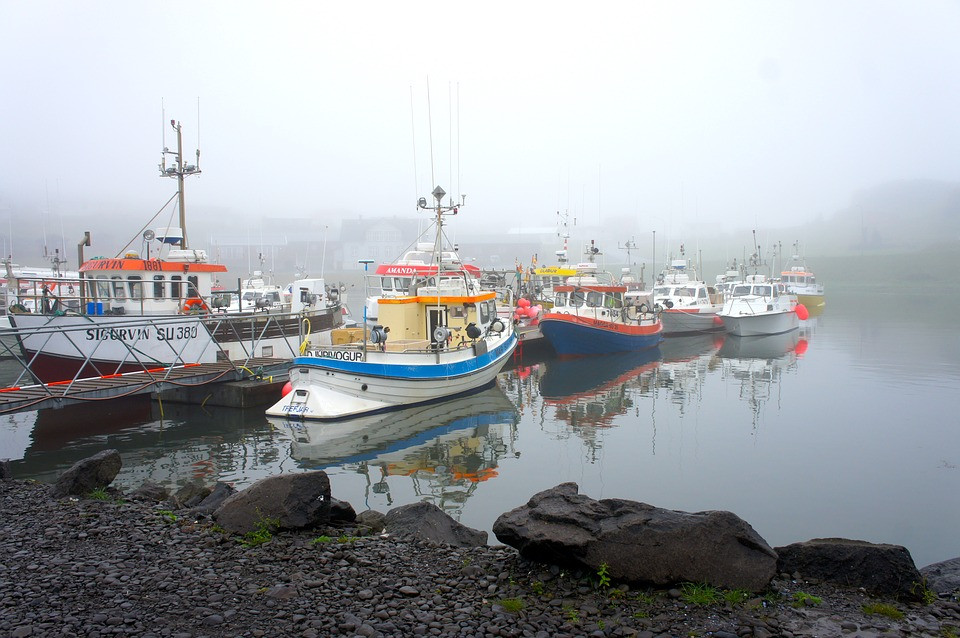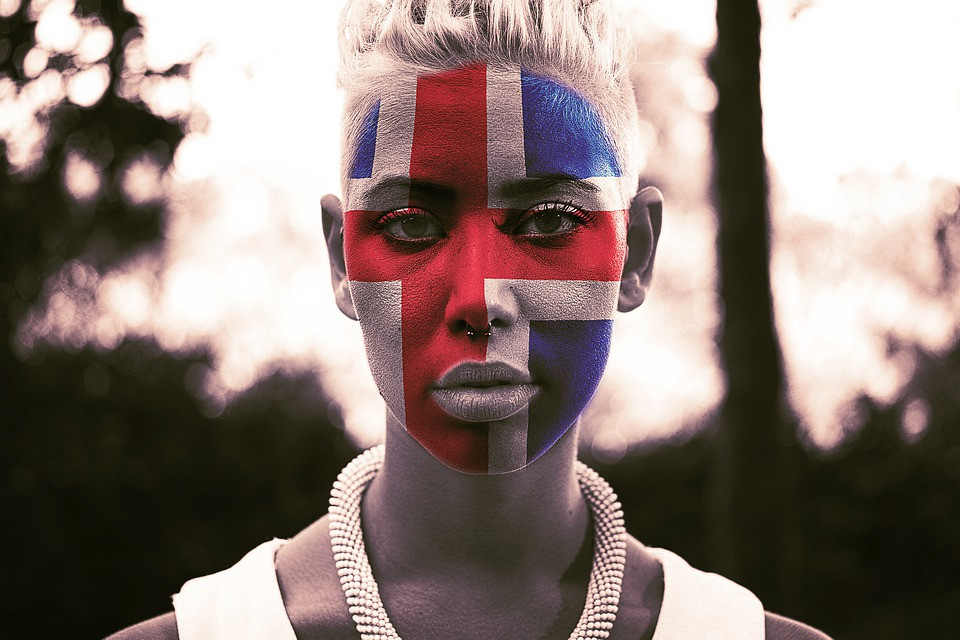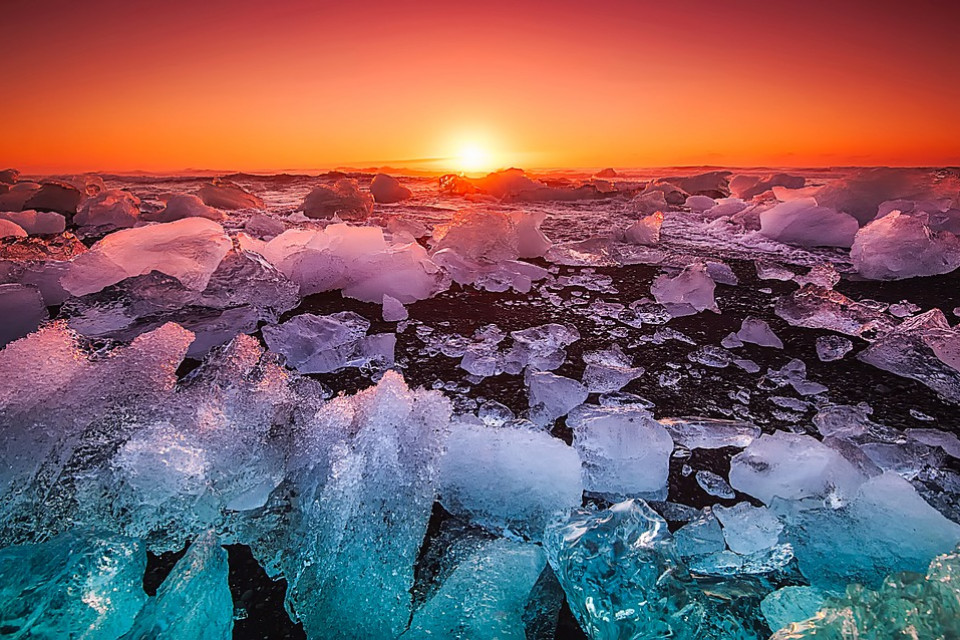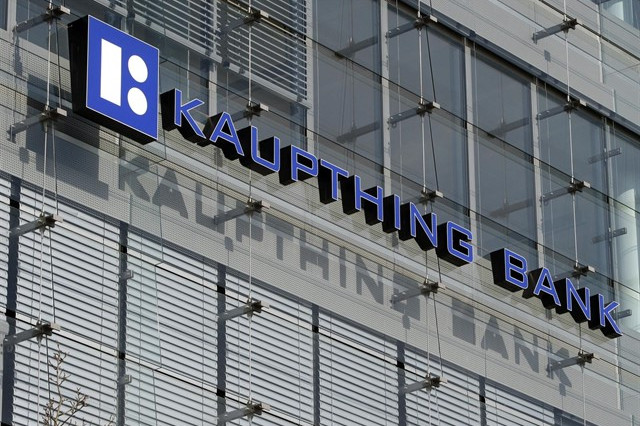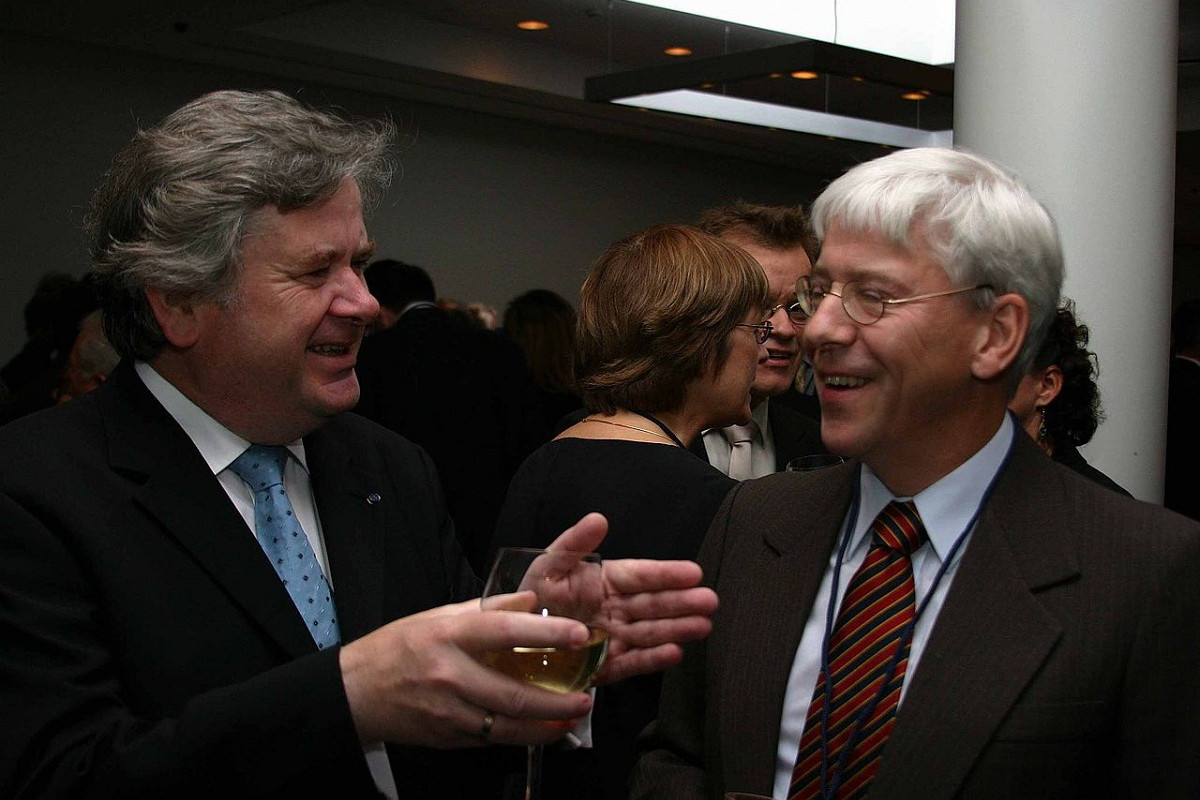In statistics, Iceland rubs shoulders with the elite of the rich developed world: 76 thousand dollars of per capita income in 2018. It is the fifth country in the world in per capita income, alongside Luxembourg and Switzerland, global paradigms of economic wealth, personal comfort and social welfare, among other qualities that those with monetary opulence exhibit. Is Iceland the epitome of abundance or is it just a legend that the 2008 financial crisis undressed?
Near the Arctic, between two continents, with only 350 thousand inhabitants, surrounded by active volcanoes and glaciers, lying at the edge of the sea, the Icelanders were "entrusted to God" by their prime minister one afternoon in October 2008. On that day, the bankruptcy of its first three banks collapsed the country and brought it towards to the economic abyss.
Iceland was a limited productive economy, of services, simple, of aluminium, of fishing, of tourism and domestic construction, and that in a short period of time, in the first decade of the 21st century, it built up a phenomenal financial structure.
In 2007, a year before the banking upheaval banking assets had climbed to over 45% of GDP.
The three largest banks: Kaupthing, Glitnir and Landsbanki in five years, between 1998 and 2003, had tripled their balance sheet and raised the external debt to 88 thousand million dollars, five times the GDP of just 18 thousand million. The growth of the real economy, around 6.5% on average, registered in the five years prior to the catastrophe did not justify such levels of external debt nor the extended bank liabilities.
Logically, the explanation was not based on the real economy but on financial fiction. In the year 2001, China entered the World Trade Organization -WTO- and burst competitively on the capitalist scene of the beginning of the 21st century, aggravating the already negative trend of profitable productive accumulation of the global economy. The hasty globalisation of the last quarter of the 20th century did not compensate for the challenges of private venture capital. The privatisations of public companies became easy prey to the appetite for profit derived from the liquidity of capital in search of more attractive profit options. Simultaneously, bank deregulation freed capital from national monetary controls. The academic literature added a new word to this emerging panorama of the global economy at the end of the century: financialization.
Iceland, adjacent appendage and close to the developing world, Norwegian -Danish ex-colony, the Vikings of the west were a weak link, few in inhabitants, inhospitable in geography and bounded in economic dimension, as to resist the ravages of the excessive ambition of financial capital. The difference with the arrogant incursions of finance in other regions of the world: Latin America, Eastern Europe, Asia or Africa, was that Iceland was friendly, well-known and easily-controlled human territory. It was the ideal environment to make Iceland an object of the desire for financialization.
Before the twentieth century, the Icelandic economy was so poor, precarious and subsistence that it did not require a bank of its own and the fiduciary circulation was guaranteed by the Danish metropolis.
The initial state ownership of the financial system convinced the Icelanders to deliver their savings in the form of deposits and checking accounts. The Icelanders trusted their financial system. The growing external insertion of the Icelandic economy to the whole of the European market, halfway through the 20th century, stimulated the consolidation of a more solid economy and finances that led to the emergence of a more significant private bank in the heat of the incipient development of an agricultural and fishery sector, a semi-manufacturer and exporter of raw materials.
It was already, in the 1990s, in the neoliberal world decade of privatisations par excellence, when through obscure and rigged procedures, the business and political elite of Iceland took over full control of public banks. and it was in 2003, once the transfer of ownership of the entire Icelandic financial system ended, when the large Icelandic private banks mentioned above: the Kaupthing, Glitnir and Landsbanki went out to capture short-term liabilities. They took advantage of the low interest rates prevailing in Europe since the inception of the Euro and the monetary liquidity of the end of the century.
The investments of the money collected were situated in a panoply of financial assets ranging from traditional loans to aluminium and construction to others of a purely financial nature, backed, in turn, by a multiplied chain of underlying and structured monetary products. All of them were overflowing with risk, even those directed to the productive economy circulated through the stock market inflating the prices of the stocks with high returns, interest rates, that maintained the financial - speculative reproductive circuit. There was no correspondence between short-term debt and long-term investments. The interbank market ended up closing the debt service gap. In addition, the technological novelty of dot.com served to attract, through digital banking, online, deposits abroad, from the United Kingdom and the Netherlands, mainly. They captured about 300 thousand clients, almost as much as the Icelandic population itself.
Lethally in tune with what happened in the rest of developed capitalist economies, in September 2008 the bankruptcy of Lehman Brothers was the starting signal for the explosion of the bubble accumulated in the Icelandic financial system. A month later, Prime Minister Geir Haade announced national bankruptcy. The financial system left a debt of 10 times the GDP and sunk the entire Icelandic economy into darkness.
THE IMPOSSIBLE RESCUE
The magnitude of the disaster prevented an immediate solution to the bankruptcy of the banks. Iceland could not come to their rescue because it had no way to do it. The crisis caused an extraordinary public indignation, with large mobilizations and protests that forced a debate on how to refloat banks and if they had to honour the debts of foreign speculators. To appease the citizen's anger the government called for consultations to decide on the payment of the foreign debt of the bankrupt banks. The result was negative. The conflict, particularly with the British, led to a freeze on the accounts of Icelandic banks in the United Kingdom that resorted to anti-terrorist legislation to expropriate Icelandic government assets in English territory.
A month later in November 2008, the IMF led an emergency aid package in loans and swaps with standby conditions, This is, with economic policy controls to rescue, not the country, but rather the financial system. Coming to their rescue were Germany, the Netherlands, the United Kingdom, Norway, Sweden, Finland, Denmark and even the Faroe Islands with a figure about 3% of their GDP. For strategic reasons, even the Russians participated. All in all, the aid was immediate and articulated in a monetary support superior to Iceland's annual economy. Moreover, it coincided with a contribution of liquidity to support the investments of foreign, English and Dutch speculative clients mainly. The objective was not to panic in a moment of global financial collapse that created a dangerous precedent for the owners of the enormous mass of world finances, several times higher than the real product of the economy.
ICELAND DISPLAYED A UNITED FRONT TO THE CRISIS
Iceland did not act as a general rehearsal of how to act in the face of bank catastrophes that the bankruptcy of Lehman Brothers had dramatically brought to the forefront. It was not a rescue of the Icelandic people to, those who the crisis caught unawares so dramatically. Unemployment, loss of savings, wage devaluation, job precariousness, cuts in services and social benefits, elevation of indirect taxes, among other things, were the result. It was simply an attempt to avoid panic at an extraordinarily convulsive moment of world finances and to convey the political will of the finance establishment that financial crashes would not cause the evaporation of the wealth of the great heritages. A country the size of Iceland could allow an injection of resources greater than its GDP.
In those years between 1990 and 2002, Argentina, a country on the periphery of the world, but in any case 20 times larger than Iceland, faced default of the external debt several times. On all these occasions, Argentina was let fall and its economy collapsed with economic policies of hard social adjustment and impoverishment of the country and the people. Then, with competitive devaluations or forced dollarization of the economy for the sake of an economically competitive country, to secure the treasury in dollars for the payment of the financial debt to their creditors.
THE MYTHS OF THE ICELANDIC SOLUTION
In any case, ten years after the bankruptcy, the myths that Iceland faced the debacle of finance with a more dignified solution have been diluted in the analysis of the real, economic and political variables: The Icelandic Króna was devalued by 50% compared to 2007, GDP did not recover the values of 2007 until 10 years later, unemployment rose to 8% (it was a country of practically full employment). Indirect taxes went up and direct taxes went down. 10% of households lost their savings, 10 thousand people, 3% of the total population, were evicted from their homes. The country lost population, the Icelanders emigrated; it is calculated in net terms about 10 thousand people, two generations, considering that an average of 4.5 thousand babies per year are born.
Population recovery has been in the hands of migrants demanded in precarious tasks associated with the tourism boom, as in Spain.
Even having regained competitiveness through the tourism industry -Iceland receives 2.5 million visitors per year - 7 times its inhabitants- the two aviation companies that had grown extraordinarily in the heat of the tourist boom: Icelandair and Wow Air are on the verge of bankruptcy, threatening to trigger a new wave of bankruptcies. Finally: the two major political parties involved in the 2008 crisis remain in power: the Progressive and the Independents, only accompanied by the Left-leaning Greens. The trials of those responsible for bankruptcy, even when they were settled with convictions, did not result in anyone staying in jail. Iceland momentarily reassured their financiers, but not their citizens. Even so, Iceland still confuses some of us: according to the United Nations, it is the ninth most developed country in the world, and the IMF's macro database informs us that it is the fifth, out of 196, in per capita income.



